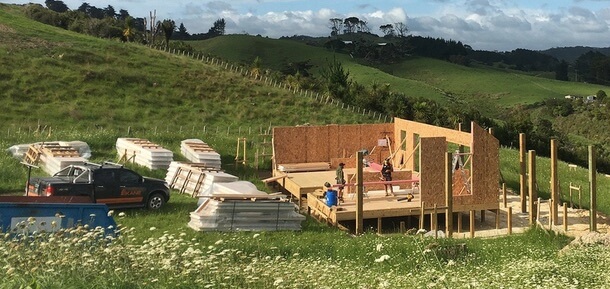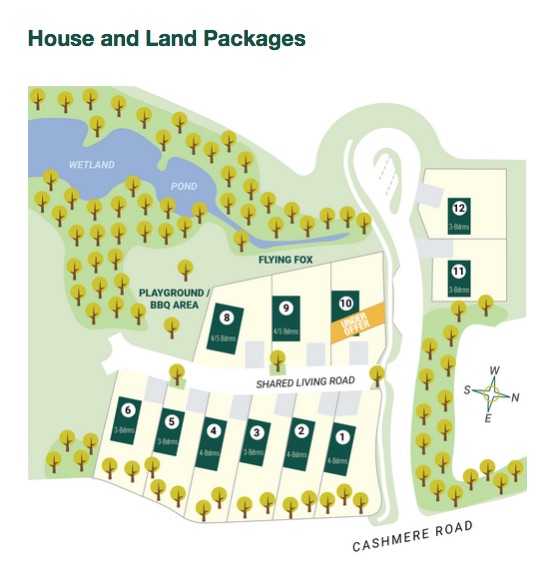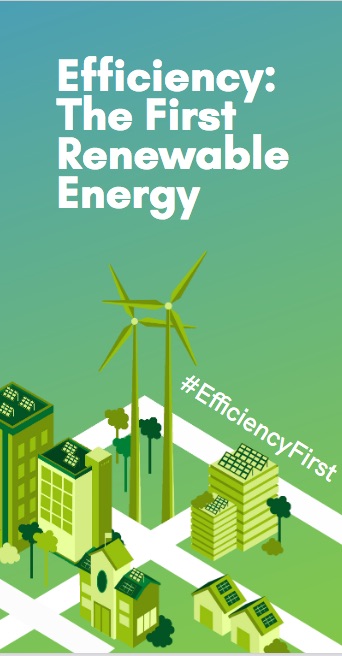Jason Quinn of Sustainable Engineering Ltd has been New Zealand’s sole Passive House certifier for five years but he’s no longer alone in the job. Toby Brooke and Sara Wareing were confirmed last Friday by PHI as accredited Passive House certifiers. Both work for Sustainable Engineering. Sara has a Masters degree in Building Science from Victoria University of Wellington, while …
Aus Passive House vs passive solar misses the point
If you haven’t heard about the Passive Solar versus Passive House bash up argument in Australia, you missed an entertaining example of people talking past each other. I am reminded of my long-running, friendly argument with a local passive solar enthusiast. In an excellent follow-up article, Dr Paola Leardini points out the starkly obvious: we need both climate sensitive design …
Leaky buildings aren’t over: thermal bridges create moisture issues
PREDOS director Rory Crosbie’s article in BRANZ’s Build magazine mostly argues for a national home warranty scheme based on the Canadian model. He does briefly touch on the inadequacy of the current New Zealand Building Code (of course, I agree): “Weathertightness aside, the New Zealand Building Code performance requirements of a building’s external fabric is still way below international standards. …
Does what it says on the tin

A study in the UK of 97 certified Passive House projects shows predicted heating demand was accurate in both flats and houses. Measurements were recorded for over a year of both heating demand and internal temperature. Results: average measured heating demand 10.8 kWh/m2/year predicted heating demand 11.7 kWh/m2/year. The study’s authors considered this statistically identical. Several of the buildings in …
“Must do better”: Education Ministry sets new standards for school buildings

The Ministry of Education manages a huge property portfolio (>15,000 buildings, 2100 sites, >$31 billion replacement value). There are a lot of problem buildings, including some that are only a few years old. It has released a new design guide for school buildings, requiring a higher standard in some key respects than the current Building Code. Why doesn’t the whole …
We can build Passive House quality for the same price as Code-minimum: here’s proof

Joe Lyth is an Auckland based architect and newly-minted Passive House designer. He’s also an UK import who looks on the crappy homes New Zealanders put up with through an immigrant’s fresh eyes. Joe’s family are about to move into their new Passive House home that was built for less than a comparable new Auckland house. He’s written about this …
NZ’s first Passive House subdivision

Bushland Park is a new subdivision south-west of the Christchurch city centre, at the foot of the Port Hills and all its 12 homes are targeting Passive House performance. Given the experienced designer (Karen Manson of Meta Architects) and builder (Peter Bielski from Ethos Homes) we expect excellent results. Sustainable Engineering has been brought in early in the process—exactly when …
Worthwhile training course: next week!

I highly recommend attending the New Zealand Institute of Building Surveyors’ training day in Auckland on 20 March. You’ll hear about Kāinga Ora moving to low carbon building at scale, MBIE’s Building for Climate Change programme and see the latest on the High Performance Construction Detail Handbook. I promise it’ll be PH through and through. All the details, including how …
First, use less energy: #EfficiencyFirst!

The International Passive House Association (iPHA) has launched a campaign called #EfficiencyFirst! It makes the case for focusing on energy efficiency first, before increasing renewable energy. This makes sense from an engineering and physics point, but I worry it’s a hard sell. Folks are used to buying what they need and having something to show for it. Trying to convince …
